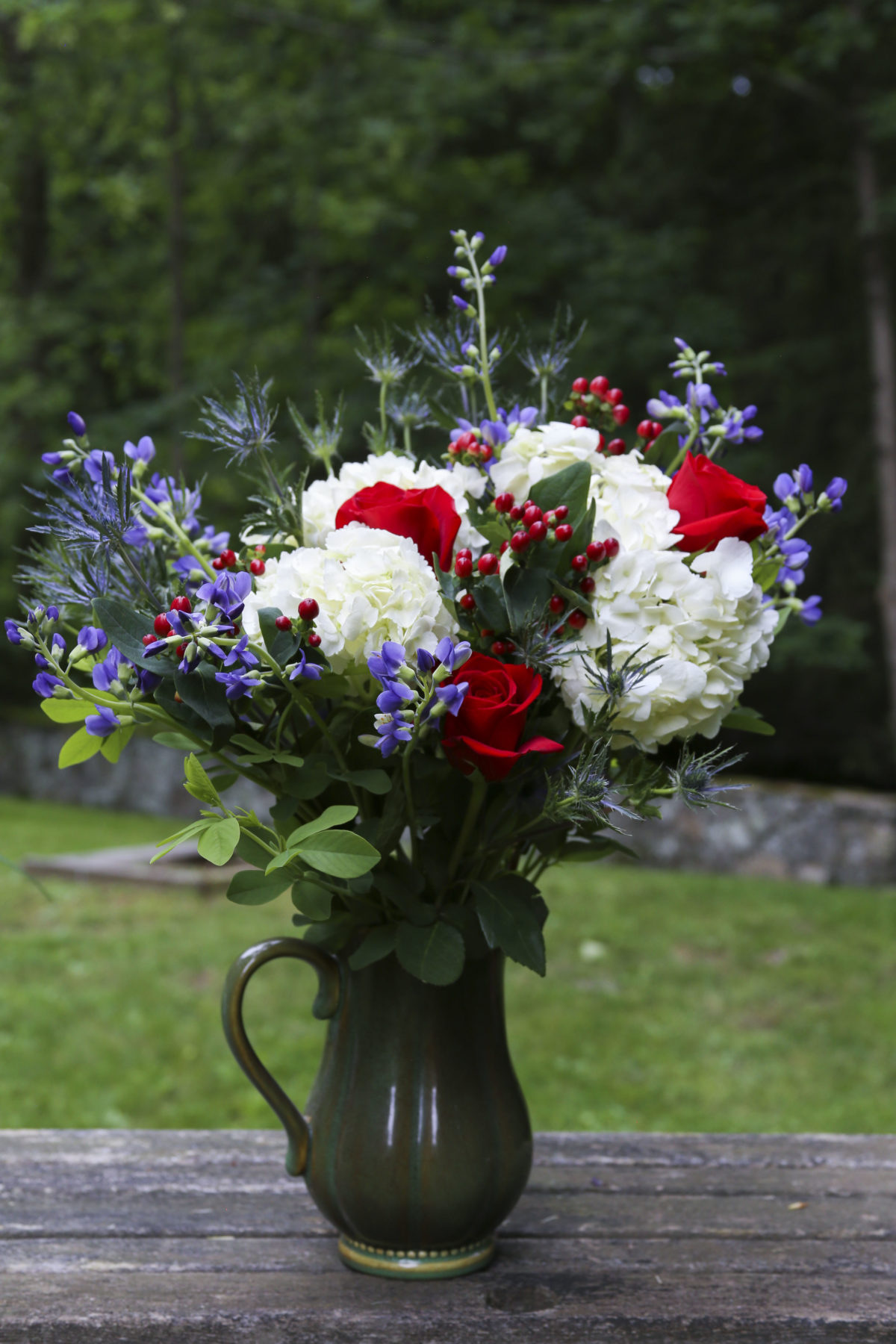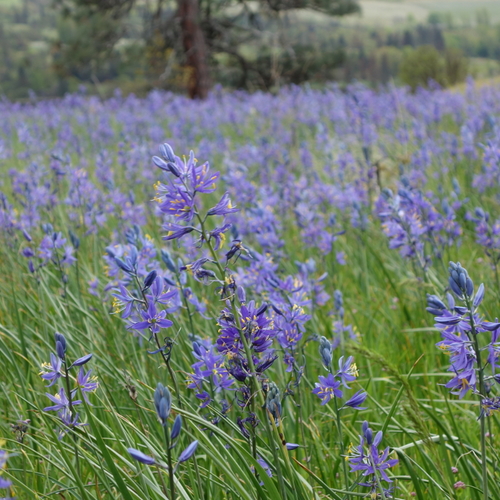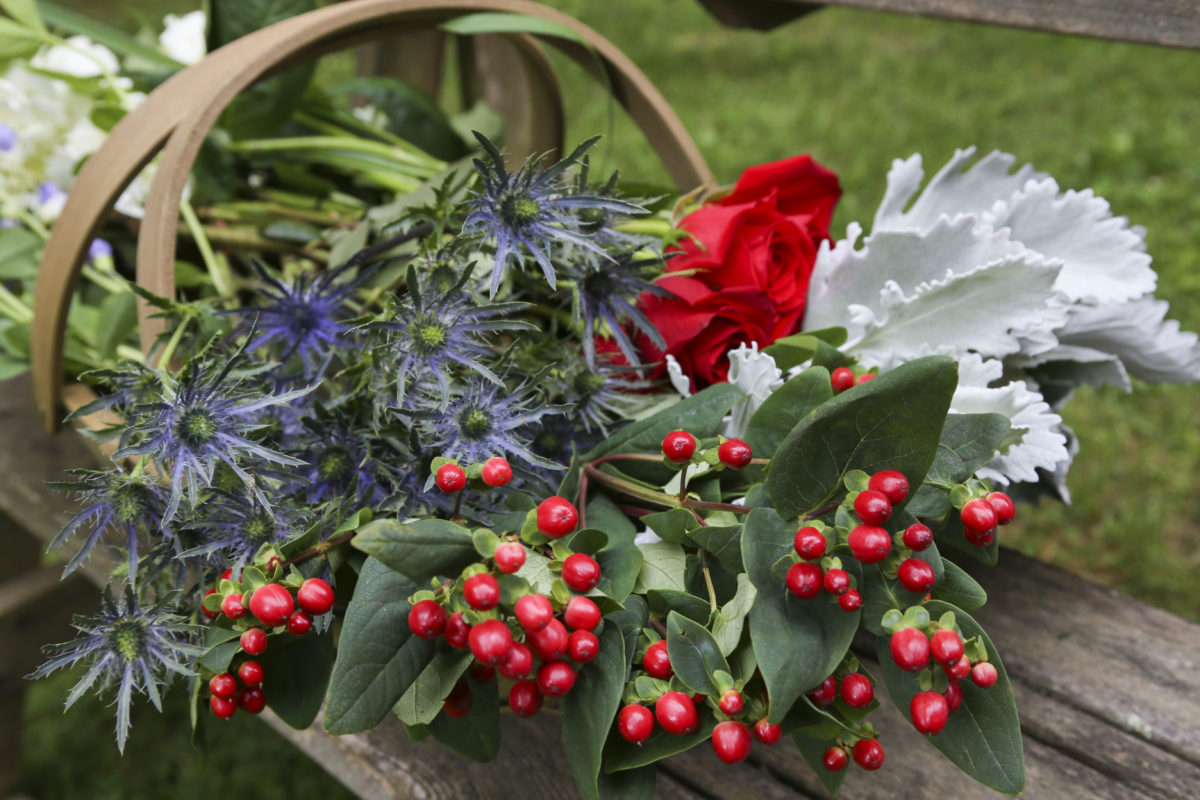
The following plants were used in our Fourth of July bouquet video, but many plants can be grown and used for a Fourth of July cutting garden.
If you want to grow an Independence Day cutting garden, you’ll need plenty of red, white, and blue flowers.
In our bouquet, we used the following, which are available from most florists—but you can grow these plants, too! Look through the articles below for tips on growing these varieties.
Plants for a Fourth of July Garden

-
 Design
DesignLearn to Grow Bold, Beautiful Baptisia
Long-lived, low-maintenance wild indigos make a big splash in perennial borders
-
 Garden Photo of the Day
Garden Photo of the DayFeeling Blue
Flowers in blue hues for every garden
-
 Garden Photo of the Day
Garden Photo of the DayFavorite White Flowers
There are many terrific white flowers for the garden
-
 Design
DesignHow to Get Big Flowers from Bigleaf Hydrangeas
The right mix of light, nutrients, and water, plus winter protection can ensure abundant blooms
-
 Design
DesignSeeing Red
Whether it’s hot, cool, or pure in tone determines how you use this color
-
 How-To
How-ToPlanting and Pruning Roses
-
 Garden Photo of the Day
Garden Photo of the DayStop for Red














